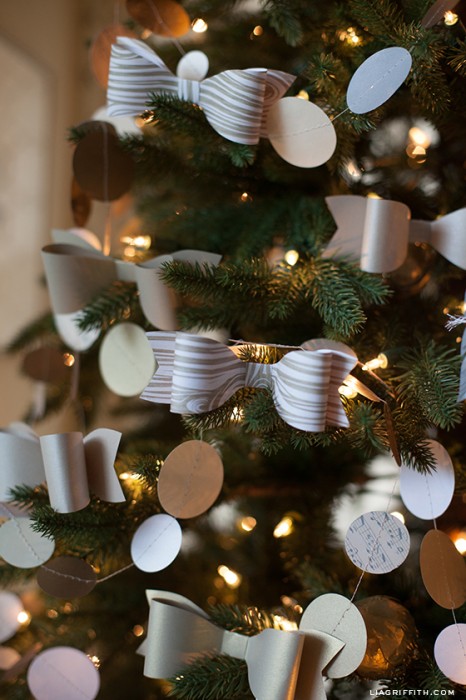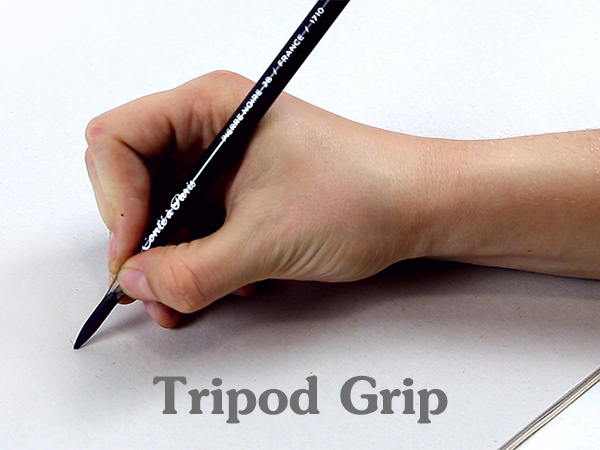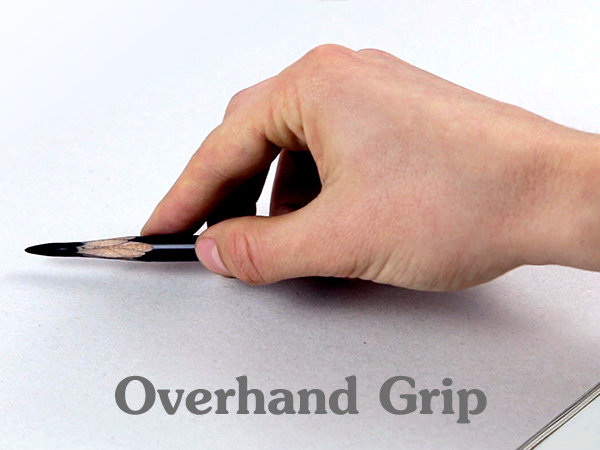Fun and Thoughtful Christmas Gifts A DIY Special
It's nearing the week of Christmas and if you have yet to get all those friends something unique, then here's a fun list of artistic DIY crafts that won't take too long!1. Ribbon Christmas Tree
 I thought this was such a cute idea. Pine trees are my favorite trees next to weeping willows because of this unique triangular shape and their fresh smell! Follow this tutorial for making cute ribbon pine trees that would make an excellent stocking-stuffer and decoration for your friend's home!
I thought this was such a cute idea. Pine trees are my favorite trees next to weeping willows because of this unique triangular shape and their fresh smell! Follow this tutorial for making cute ribbon pine trees that would make an excellent stocking-stuffer and decoration for your friend's home!
One thing that I would change,is that I would use a Styrofoam cone with a more dramatic angle, and wrap it around the top to create more of a point and have one pin at the very top to secure it, instead of having a flat and gross ribbon mess at the top of the tree!
2. Paper Ornaments
 Time to pull out your scrap booking paper and scissors! This link will send you to a list of DIY paper ornaments! Personally, the bow (shown in picture to the right) and the ornate snowflakes are my favorite! I can't get over how cute these are, and I can't wait to make them myself!
Time to pull out your scrap booking paper and scissors! This link will send you to a list of DIY paper ornaments! Personally, the bow (shown in picture to the right) and the ornate snowflakes are my favorite! I can't get over how cute these are, and I can't wait to make them myself! 3. Mason Jar Gift
 Mason jars have been the craze of the year, it seems. I've never been much into fads, as they disband quickly and are usually pointless, but I have to admit that mason Jars are simply the cutest! And they make perfect gifts! Whether you want a random assortment (fill your jar with candy, nail polish, jewelry, gift cards, etc.), or want to have a holiday flare up, it's up to you! Click this link to find out how to create a mason jar snow globe!
Mason jars have been the craze of the year, it seems. I've never been much into fads, as they disband quickly and are usually pointless, but I have to admit that mason Jars are simply the cutest! And they make perfect gifts! Whether you want a random assortment (fill your jar with candy, nail polish, jewelry, gift cards, etc.), or want to have a holiday flare up, it's up to you! Click this link to find out how to create a mason jar snow globe! 4. Christmas Gnomes
 This is hands down the cutest Christmas decoration I have ever seen. I don't know what makes these gnomes so cute, but they have my attention! This tutorial is probably the trickiest one to create, but I sure do think it's worth it! Just look at the little guys! They'd make the cutest stocking stuffers!
This is hands down the cutest Christmas decoration I have ever seen. I don't know what makes these gnomes so cute, but they have my attention! This tutorial is probably the trickiest one to create, but I sure do think it's worth it! Just look at the little guys! They'd make the cutest stocking stuffers!
***DISCLAIMER***
No photos on this blog post belong to me. They belong to the corresponding links within the descriptions.
Word Count: 372














